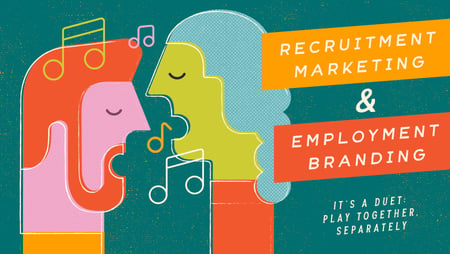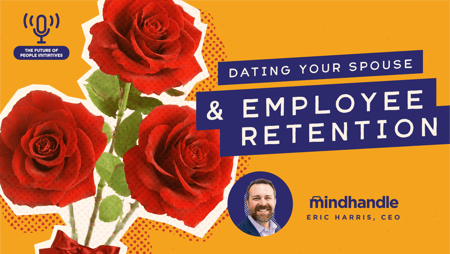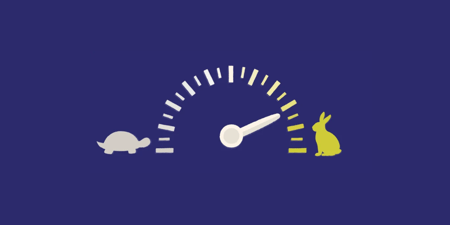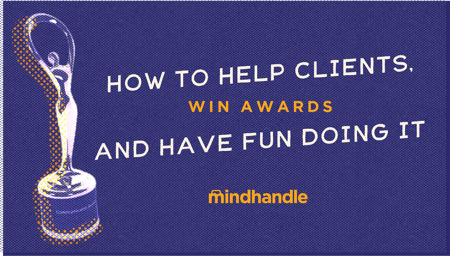Recruitment marketing and employment branding are terms often used interchangeably, but they are different disciplines and should be treated that way. When orchestrating a talent communications strategy, these two instruments blend to create unforgettable harmonies. But they rarely play the same part. Each is capable of carrying the tune, and in this article we’ll explore their differences, their similarities and what you should expect from an employment brand agency working alongside you.






.gif?width=450&name=Untitled%20(Twitter%20Post).gif)




